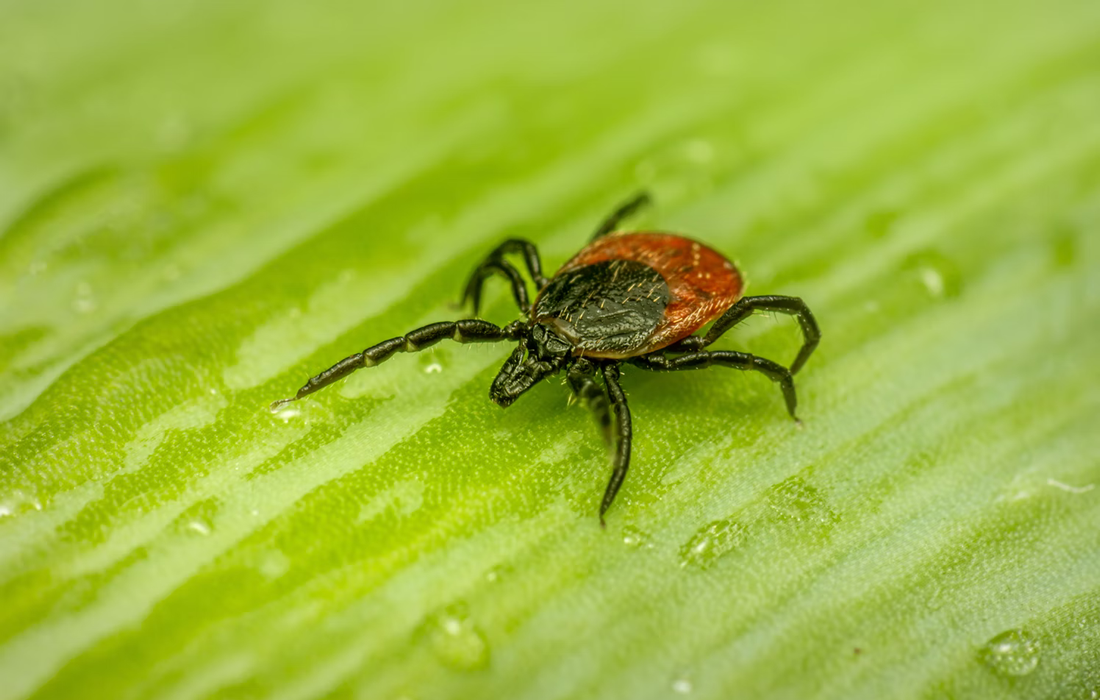Regenerative Medicine News and General Information
New Study Findings: Bacterial Fragments Extend Symptoms in Lyme Disease
Lyme disease is the most common vector-borne disease in the United States. Lyme disease is caused by the bacterium Borrelia burgdorferi and rarely, Borrelia mayonii. It is transmitted to humans through the bite of infected black-legged ticks.
Some common symptoms of the disease include fever, headache, fatigue, and a characteristic skin rash called erythema migrans. If the infection is left untreated, it can spread to joints, the heart, and the nervous system and cause chronic Lyme disease.
In some patients, even after the appropriate treatment a constellation of symptoms called Post-Treatment Lyme Disease Syndrome (PTLDS) appear. Brain PET scans of patients with PTLDS have demonstrated likely glial activation indicating persistent neuroinflammatory processes.
In a new study published in the journal Scientific Reports, researchers have found that dead, left-behind portions of the bacteria Borrelia burgdorferi may be the culprit of these neuroinflammatory processes.
Study Results
The researchers analyzed the effect of B. burgdorferi detritus in the brains of rhesus macaques who had been exposed to sonicated fragments of the bacteria, which involves using ultrasound vibration to break up the cells.
The team investigated the effects of these fragments in the frontal cortex and the dorsal root ganglia of the macaques and found that glial inflammation in these areas was several times more pronounced than it was in macaques that were exposed to the live bacteria.
According to the researchers, these fragments of the bacteria would probably be parts of bacteria that entered the brain during the acute phase, and they may persist even after antibiotic treatment, causing a chronic inflammatory reaction in the brain, and the chronic neurological symptoms seen in some patients.
Sources:
Parthasarathy, G., Gadila, S.K.G. Neuropathogenicity of non-viable Borrelia burgdorferi ex vivo. Sci Rep 12, 688 (2022). https://doi.org/10.1038/s41598-021-03837-0.
Robby Berman. (2022, Feb 2022). Leftover bacteria fragments may extend symptoms of Lyme disease. Medical News Today. Retrieved from:
https://www.cdc.gov/lyme/index.html
Image from:
Photo by Erik Karits on Unsplash

